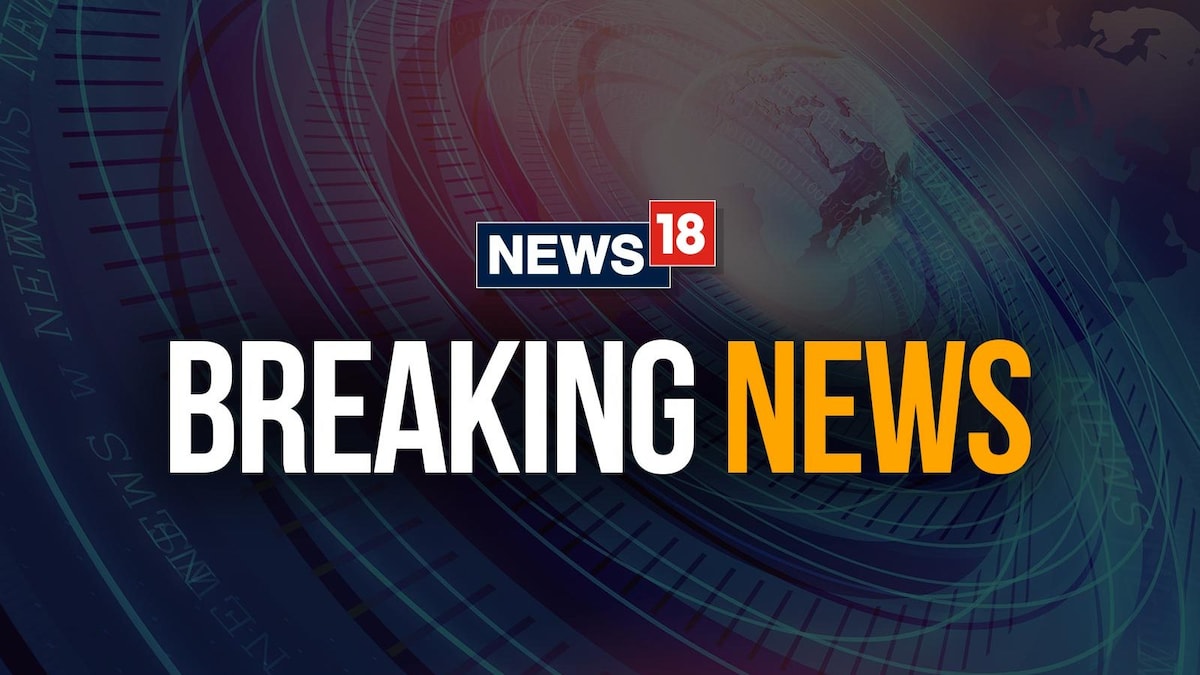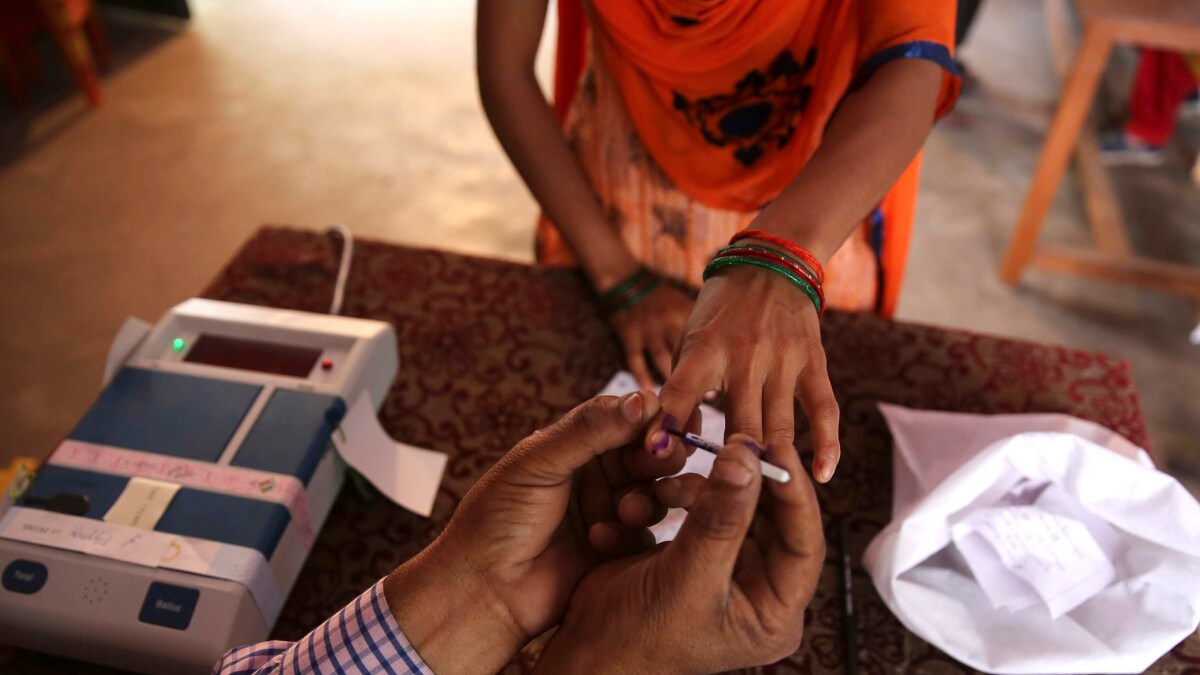The opposition is considering passing a no-confidence resolution against Rajya Sabha chairman Jagdeep Dhankhar after a turbulent end to the Parliament session, which was adjourned sine die on Friday (August 9) but was to come to an end on Monday (August 12).
Relations between Dhankhar and INDIA bloc parties came to a head with sources saying they are considering submitting a notice for moving a resolution to remove the vice-president from his office. There is, however, no clarity on the technicalities of such a move as the House is not in session.
According to the sources, the timing of the notice is to be discussed and decided and, though the resolution may not go through, it will be a statement to highlight the chair’s “blatantly and consistently partisan” approach.
Article 67(b) of the Constitution states: “Vice-President may be removed from his office by a resolution of the Council of States (Rajya Sabha) passed by a majority of all the then members of the Council and agreed to by the House of the People; but no resolution for the purpose of this clause shall be moved unless at least fourteen days’ notice has been given of the intention to move the resolution.”
Opposition sources said 87 members have signed the proposal to initiate action against Dhankhar. A source said around two days ago, Leader of House JP Nadda was informally told that the opposition is considering submitting a motion for removing the vice-president.
What are the concerns raised by the opposition?
Opposition parties have raised concerns including microphone of the leader of opposition being turned off repeatedly. It wants the House to be run by rules and convention and personal remarks against members are unacceptable, the source said.
There was much sparring between Dhankhar and INDIA bloc parties the day before with the Congress accusing the chair of acting in a “partisan” manner against the entire opposition. Soon after opposition walked out of Rajya Sabha led by Sonia Gandhi — protesting against what they termed as “unacceptable” tone and disrespect shown by Dhankhar — the Congress held a press conference to allege that he was not giving the opposition the importance it deserves in the Upper House.
The walkout came after Samajwadi Party MP Jaya Bachchan and Dhankhar got into a heated exchange in the Upper House. “Main kalakar hoon, body language samajhti hoon, expression samajhti hoon… par sir, mujhe maaf kariyega magar apka tone jo hai is not acceptable. We are colleagues sir, you may be sitting on the chair,” she said.
Dhankhar hit back, saying, “Jaya ji, you’ve earned a great reputation. You know, an actor is subject to director. You’ve not seen what I see from here. I don’t want schooling. I am a person who has gone out of the way, and you say my tone… enough of it.”
Nadda slammed the opposition and demanded they should apologise to Dhankhar. After the walkout, Bachchan, flanked by Sonia Gandhi and other opposition leaders, told reporters that she objected to the tone used by the chair. “We are not school children. I was upset with the tone and especially when the LoP stood up to speak, his mic was switched off. How can you do this? If he is not going to be heard in the House, then what are we doing? On top of that, every time (they are) using words which are unparliamentary,” she said.
What are the options available?
Congress leader Ajay Maken said opposition parties feel that the chairman’s approach is partisan. “…Rajya Sabha is a House that sets parameters for other legislatures. In that House, the Chairman should not be seen partisan. The Congress alone does not feel that way, all opposition parties feel his behaviour is partial towards one side,” he said.
Congress deputy leader in Rajya Sabha Pramod Tiwari alleged leader of opposition Mallikarjun Kharge is not allowed to speak, he is frequently interrupted and his microphones are often shut. “It is not about one party. Two-three days ago, Ghanshyam Tiwari used such words for the leader of opposition, which were not right and were insulting and unacceptable. We had given notice for privilege motion. We wanted to know the ruling on it, the ruling has not come, it has to be in writing,” he said.
Maken said: “All options are open, whatever is legal and in the rule book, whatever is in the Constitution, within the procedure of conduct, whatever provisions are there in the law, all options are open for us, we cannot remain mute spectators while democracy is being murdered.”
How can vice-president be removed?
The vice-president is the ex-officio chairman of the Rajya Sabha and holds a pivotal position in the parliamentary system by upholding rules and conventions for the smooth functioning of the Upper House. He can only be removed as the chairman when he is removed from the office of Vice-President of India.
The vice-president can be removed from office by a resolution of the Council of States (Rajya Sabha), passed by a majority of its members at that time and agreed to by the House of the People (Lok Sabha). A resolution for this purpose may be moved only after a notice of at least a minimum of 14 days.
Here is the process:
The resolution for the removal can be introduced only in the Rajya Sabha, and not in the Lok Sabha
The resolution can be moved only after giving 14 days’ notice
The resolution should be passed in the Rajya Sabha by an effective majority (a majority of the then members of Rajya Sabha excluding vacant seats) and agreed to by Lok Sabha by a simple majority
When the resolution is under consideration, the chairman cannot preside over the House. But, the person can be present, speak and take part in the House proceedings, but cannot vote
Unlike the chairman of the Rajya Sabha, the Speaker of the Lok Sabha can vote in the first instance though not in the case of an equality of votes, when a resolution for their removal is under consideration

 1 month ago
1 month ago

















